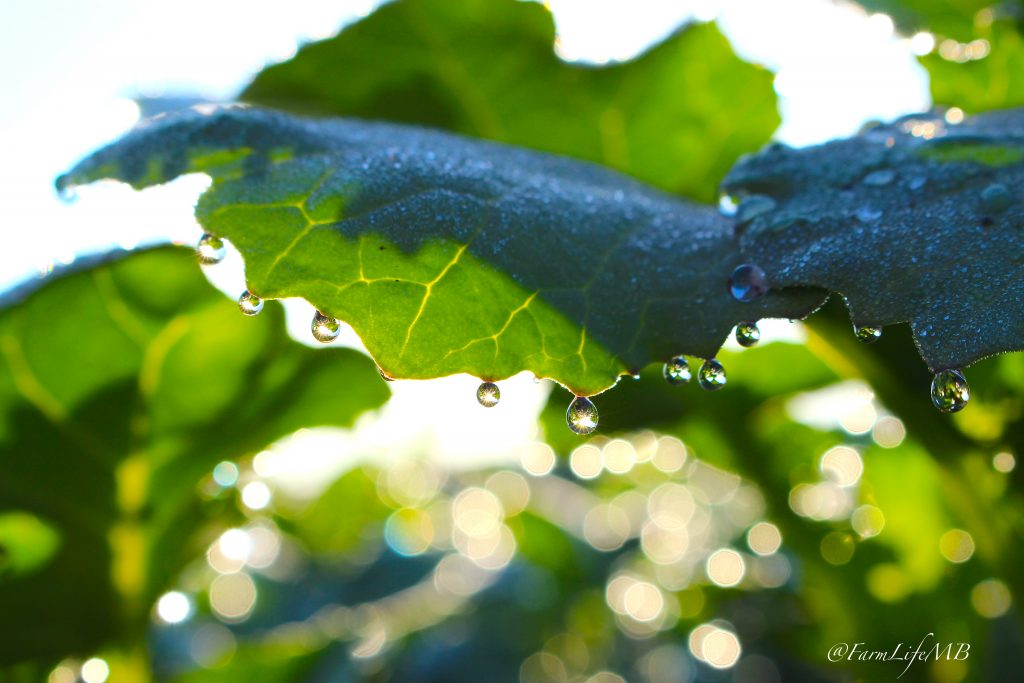The Importance of Weather
In a time when we can control tiny details like the exact number of seeds across an acre or the exact amount of nutrients a crop receives, there is still one main factor we cannot control. That factor is weather, and it is the most important factor when growing a crop.

From Drought to Excessive Moisture
Western Canada has seen drought in Alberta and Saskatchewan, and excessive moisture in parts of Eastern Manitoba. On our farm we were reaching drought like conditions, but have recently received rain. As you may have noticed water is always the main focus on the farm, but temperatures can also pay a large part in developing a great crop.
Oh That Mother Nature
May 30th gave a devastating blow to many Manitoba farms, including ours. With temperatures well below freezing, many crops, including canola and flax, were damaged beyond saving. This meant having to quickly reseed the crop with hopes that it would still produce. We were lucky that a small rain gave our reseeded canola a good start. It emerged from the ground in four days.
Others were not as lucky when they seeded into dust, the seed did not germinate. This is a good example of how difficult working with Mother Nature can be. A farmer can work extremely hard, but if Mother Nature is not feeling generous, all that hard work can be for nothing.
When The Heat Arrives
“Farmers must be loving all this heat,” is a phrase I often hear. I’m happy that people are thinking about farmers, but as we all know too much of a good thing can be bad. Once the temperature reaches thirty Degrees Celsius, flowering plants shut down and the flowers die or abort. Having ample moisture in the soil during this time will help, but damage will still be done.
Weather is one of the most talked about subjects, and as a farmer I stake my livelihood on it.
Eat Well…Simon Ellis





